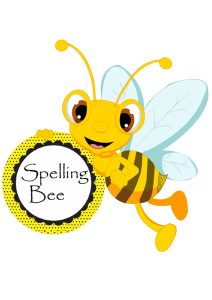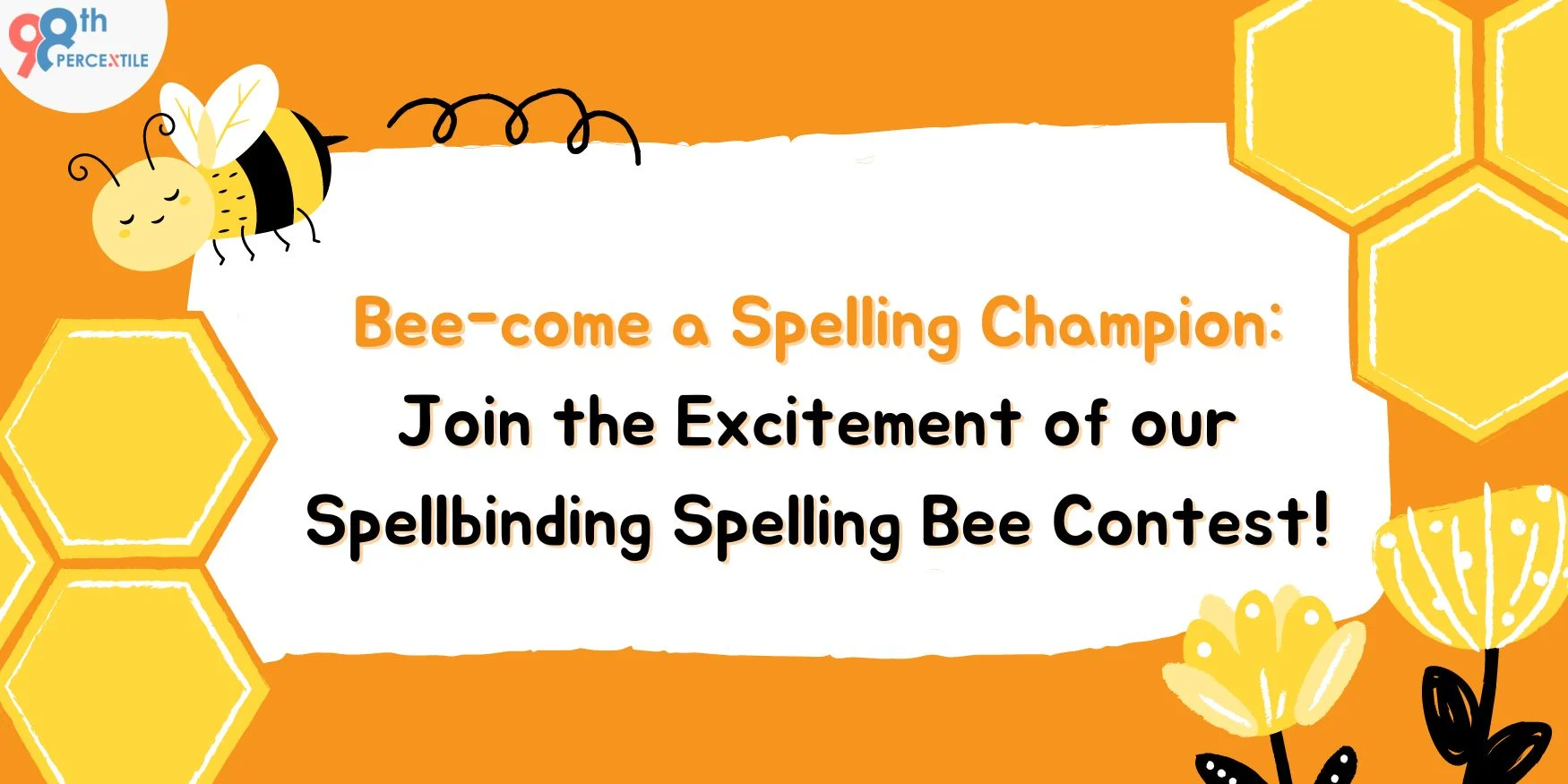Spelling bees, those captivating contests of lexical dexterity, have captivated audiences worldwide for decades. Rooted in the intricacies of language and the pursuit of linguistic excellence, these competitions have evolved from humble beginnings into celebrated spectacles. To understand their journey, one must delve into their origins, evolution, and the factors contributing to their widespread popularity.
The Bee Takes Flight
The origins of spelling bees trace back to early American history, where the practice was prevalent in classrooms during the 19th century. The term “spelling bee” itself has a curious etymology, with “bee” historically used to describe communal gatherings where people engaged in cooperative work. The addition of “spelling” to this communal activity transformed it into a competitive and educational event. The earliest recorded instance of a spelling bee dates back to the late 1700s in America, where these competitions were held informally in local communities. However, it wasn’t until the 20th century that spelling bees gained prominence as formalized competitions, primarily through educational institutions.
From Classroom Activity to National Phenomenon
The evolution of spelling bees from localized gatherings to nationally recognized events can be attributed to various factors. One pivotal moment in their evolution was the establishment of the National Spelling Bee in the United States. The National Spelling Bee, organized by the Scripps Howard News Service, became an annual event in 1925. This competition offered a platform for students across the country to showcase their spelling prowess. With the emergence of television in the mid-20th century, the National Spelling Bee found its way into living rooms, captivating audiences and further amplifying its popularity. Beyond the United States, spelling bees began to transcend borders, gaining traction in countries worldwide. Each region embraced its own variations, adapting the format to suit cultural nuances while upholding the essence of linguistic excellence.

Cultural Impact and Media Influence
The surge in the popularity of spelling bees can be attributed to their portrayal in popular culture. Films like “Spellbound” and documentaries such as “Bee Season” shone a spotlight on these competitions, offering audiences an inside look into the dedication, intelligence, and competitive spirit of the participants. Moreover, the advent of social media and digital platforms provided a global stage for spelling bees. Clips of impressive spellers showcasing their skills went viral, captivating audiences and garnering widespread attention. This digital exposure not only fueled interest but also encouraged participation, inspiring individuals of all ages to hone their spelling abilities.
Changing Dynamics and Challenges
As spelling bees continued to thrive, they also underwent changes to adapt to modern times. The integration of technology in these competitions brought forth new challenges. While the core essence remained focused on language mastery, spellers now had to navigate through evolving dictionaries and technological aids, challenging both their memory and adaptability. Furthermore, spelling bees have evolved beyond being mere academic pursuits. They now serve as platforms to celebrate diversity, fostering inclusivity by welcoming participants from various cultural and linguistic backgrounds. This shift has not only diversified the competition but also broadened its appeal and societal impact.

Conclusion
From their modest beginnings in local communities to their global prominence, spelling bees have woven themselves into the fabric of linguistic celebration and academic excellence. Their journey reflects the ever-evolving nature of language and the human pursuit of mastering it. As spelling bees continue to evolve, their legacy endures, inspiring generations to appreciate the beauty of language, celebrate cultural diversity, and strive for excellence in communication. These competitions, with their wordsmith warriors, shall keep buzzing, spelling out stories of dedication, intelligence, and the sheer joy of linguistic conquests for years to come. In tracing the history of spelling bees, one realizes that beyond the letters and words, these competitions embody the spirit of perseverance, learning, and the boundless possibilities inherent in language. They stand as a testament to the remarkable journey of language exploration and the unending quest for linguistic brilliance.




